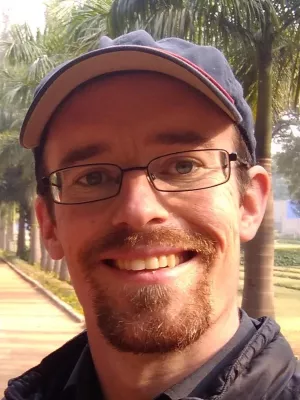
Thomas Pugh
Senior lecturer

Are Land-Use Change Emissions in Southeast Asia Decreasing or Increasing?
Author
Summary, in English
Southeast Asia is a region known for active land-use changes (LUC) over the past 60 years; yet, how trends in net CO2 uptake and release resulting from LUC activities (net LUC flux) have changed through past decades remains uncertain. The level of uncertainty in net LUC flux from process-based models is so high that it cannot be concluded that newer estimates are necessarily more reliable than older ones. Here, we examined net LUC flux estimates of Southeast Asia for the 1980s−2010s from older and newer sets of Dynamic Global Vegetation Model simulations (TRENDY v2 and v7, respectively), and forcing data used for running those simulations, along with two book-keeping estimates (H&N and BLUE). These estimates yielded two contrasting historical LUC transitions, such that TRENDY v2 and H&N showed a transition from increased emissions from the 1980s to 1990s to declining emissions in the 2000s, while TRENDY v7 and BLUE showed the opposite transition. We found that these contrasting transitions originated in the update of LUC forcing data, which reduced the loss of forest area during the 1990s. Further evaluation of remote sensing studies, atmospheric inversions, and the history of forestry and environmental policies in Southeast Asia supported the occurrence of peak emissions in the 1990s and declining thereafter. However, whether LUC emissions continue to decline in Southeast Asia remains uncertain as key processes in recent years, such as conversion of peat forest to oil-palm plantation, are yet to be represented in the forcing data, suggesting a need for further revision.
Department/s
- Dept of Physical Geography and Ecosystem Science
- MERGE: ModElling the Regional and Global Earth system
Publishing year
2022-01-01
Language
English
Publication/Series
Global Biogeochemical Cycles
Volume
36
Issue
1
Document type
Journal article
Publisher
American Geophysical Union (AGU)
Topic
- Physical Geography
Keywords
- atmospheric inversions
- book-keeping models
- Dynamic Global Vegetation Models
- forest area
- land-use changes
- Southeast Asia
Status
Published
ISBN/ISSN/Other
- ISSN: 0886-6236

